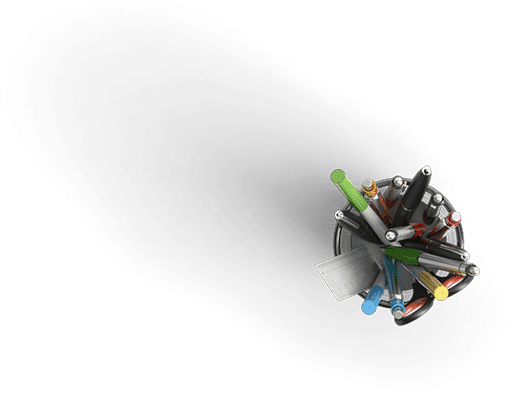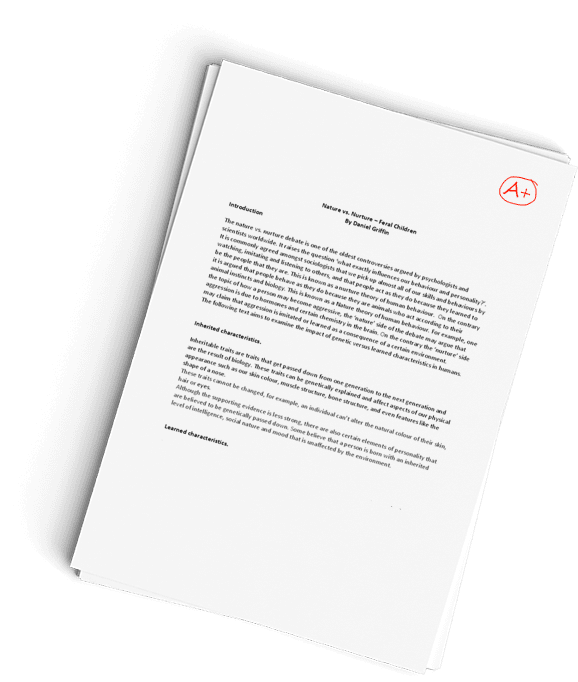Video Presentation #1: Infant or Toddler (Under Age 6)
Description
Step 1: For this assignment, students will create a video presentation performing a comprehensive psychiatric evaluation of an infant or toddler. You are expected to choose a child and an adult to conduct an interview with. The child and parent are not required to be actual clinic patients, but merely someone who has agreed to perform the interview with you. You will be graded on your interview skills when interviewing the persons performing as an infant or toddler and a parent. You are expected to ask the patient and the parent questions the same way you do with your patients in the clinic. Both should be available virtually or in-person to answer questions. You may use a Zoom/video call to assess the simulated patient if you do not have a child/parent you can assess face to face.
I expect that you will conduct a mental status exam during the interview. If you don’t ask it or explain how you observed it, then don’t document it. Only the information asked in the video will be used for grading.
Use the rubric as a guide for collecting data. Don’t miss points because something was not addressed.
Use?Canvas Studio’s Screen Capture?feature to record (voice and video) your presentation. No other medium will be accepted. Upload the comprehensive psychiatric examination document. Your documentation will be graded on what you asked during the session. The instructions for creating the video are listed below:
Step 2: Each student will create a focused SOAP note or PowerPoint presentation. SOAP is an acronym that stands for Subjective, Objective, Assessment, and Plan. The comprehensive psychiatric SOAP note or PowerPoint is to be written using the attached template below. Do not provide a voiceover or video for the PowerPoint. Only the information asked in the video will be used for grading.
S =
Subjective data: PatientàChief Complaint (CC); History of the Present Illness (HPI)/ Demographics; History of the Present Illness (HPI) that includes the presenting problem and the 8 dimensions of the problem (OLDCARTS or PQRST); Review of Systems (ROS).
O =
Objective data: Medications; Allergies; Past medical history; Family psychiatric history; Past surgical history; Psychiatric history, Social history; Labs and screening tools; Vital signs; and Mental Status Exam
A =
Assessment: Primary Diagnosis and two differential diagnoses including ICD-10 and DSM5 codes
P =
Plan: Pharmacologic and Non-pharmacologic treatment plan; diagnostic testing/screening tools, patient/family teaching, referral, and follow up

Have a similar assignment? "Place an order for your assignment and have exceptional work written by our team of experts, guaranteeing you A results."








